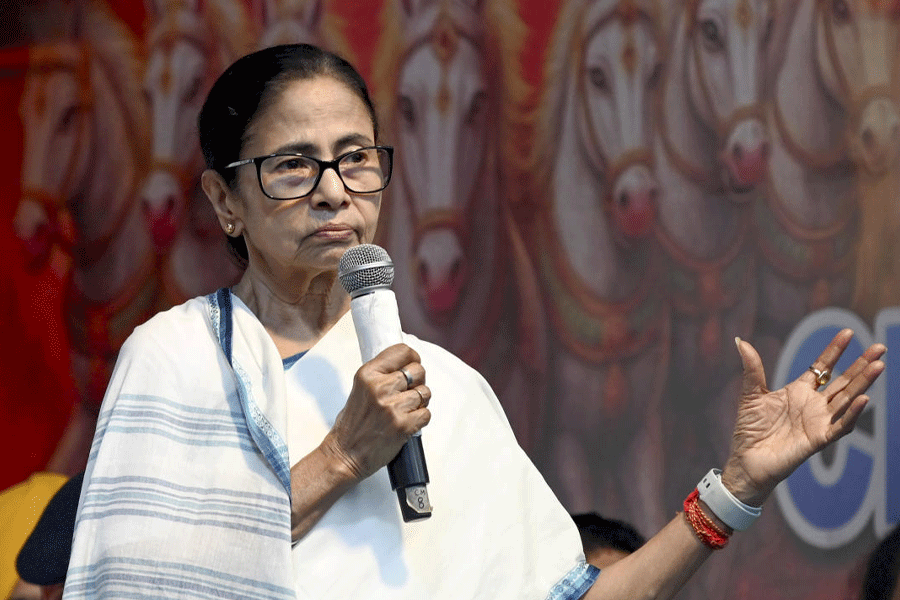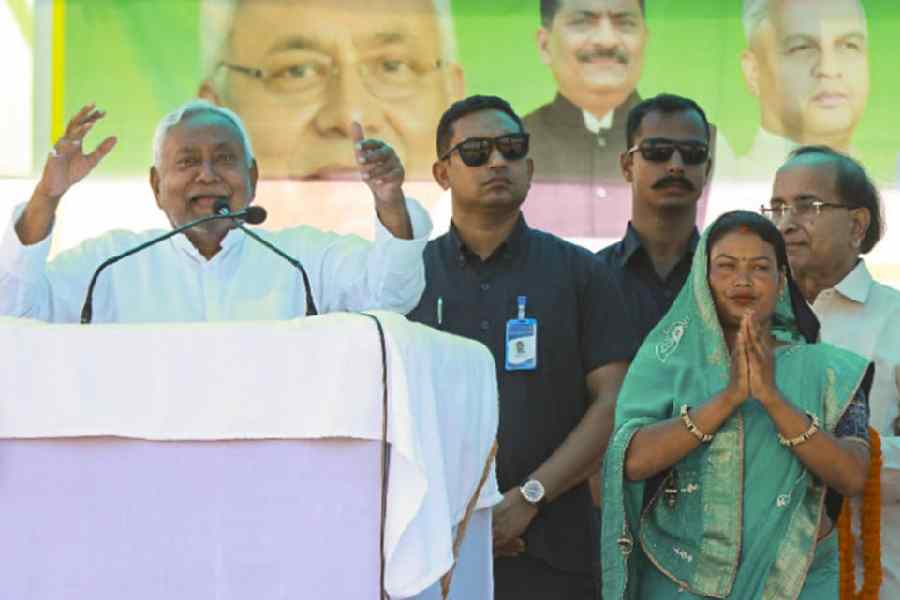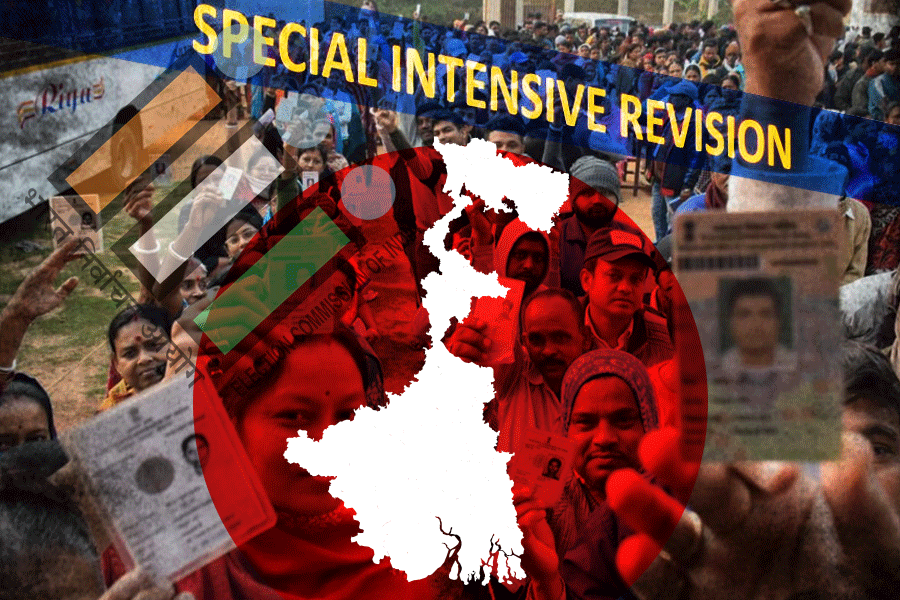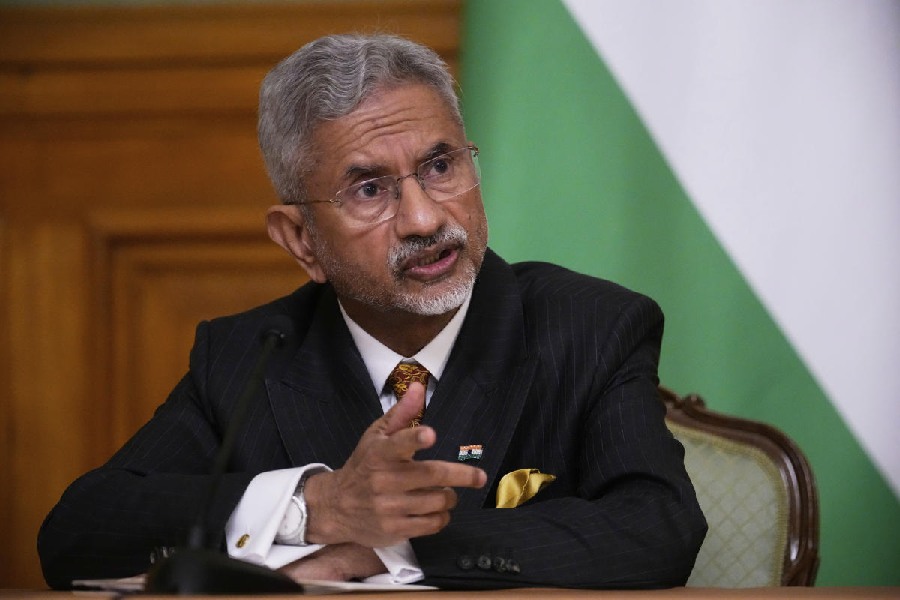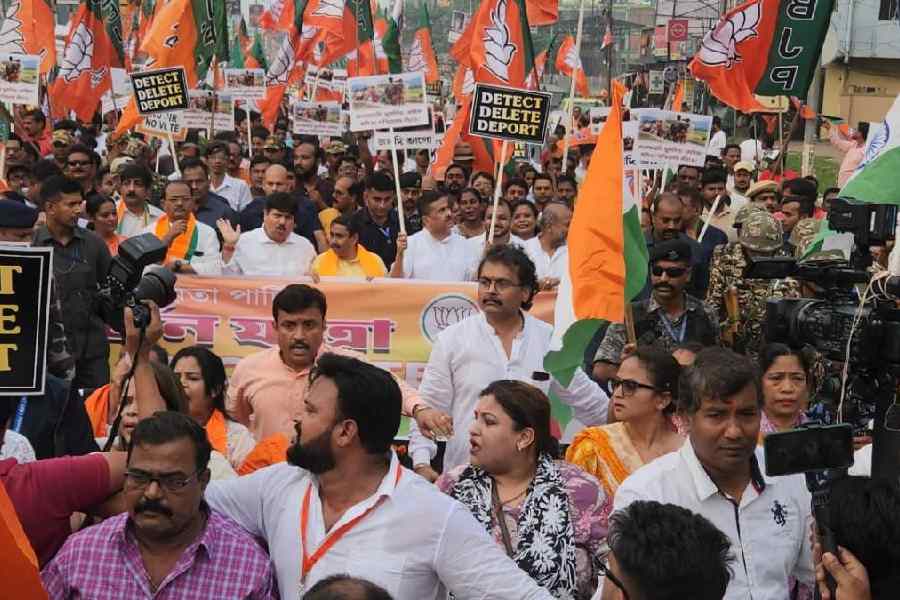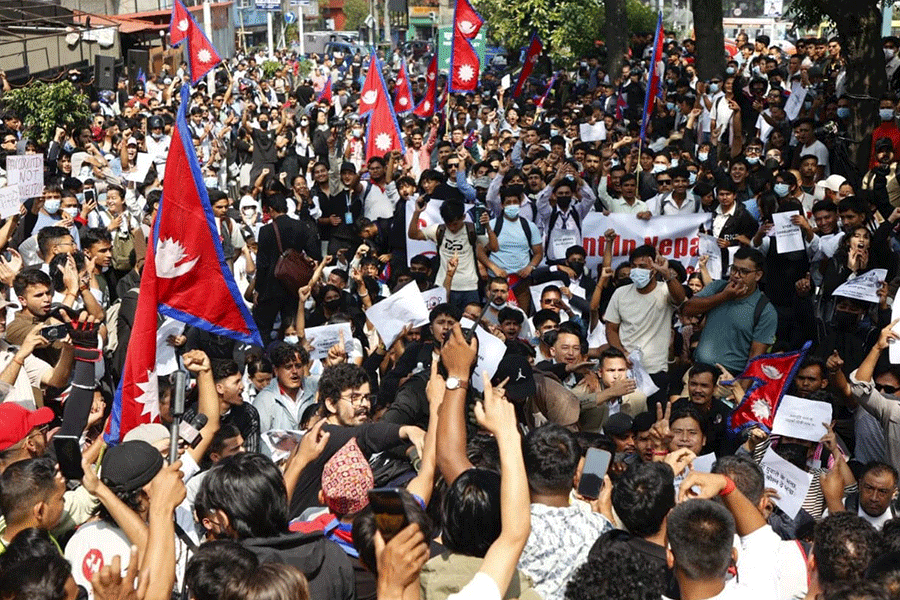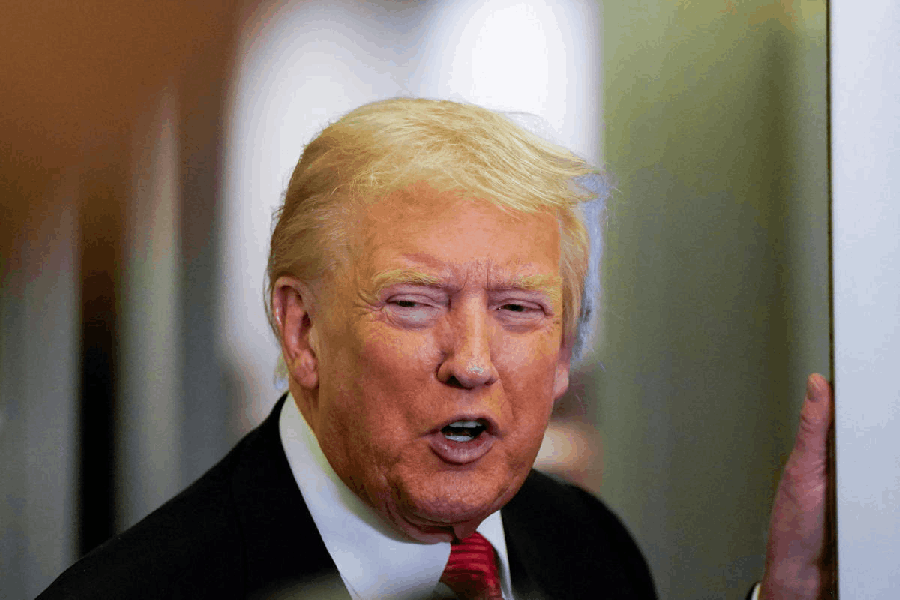 |
 |
| TAHRIR SQUARE? Supporters of Tahir-ul Qadri (top) at a rally near Islamabad |
So this smooth-talking “moderate” cleric called Tahir-ul Qadri (TUQ, as he has been dubbed on Twitter), a dual Canadian-Pakistani national, announces a “million man” long march to Islamabad, calling for changes to the electoral system just as the government’s five-year tenure is ending. He heads over to Pakistan’s capital on January 13 to lay siege to the elected government along with thousands of supporters. For four days in the bitter cold, he is ensconced in a fortified, heated, luxurious container surrounded by mureeds or cult followers including women and children, numbering less than 25,000 according to independent observers, and over 50,000 according to his supporters. They camp out at D-Chowk in Islamabad — a space that some analysts rush to compare with Egypt’s Tahrir Square. Could this be the start of “Pakistan spring”, they speculate.
They forget. Pakistan has already had many “springs” — massive uprisings of people against injustice. There was the Movement for the Restoration of Democracy (MRD) against General Zia-ul-Haq’s martial law in the 1980s, under which many activists, men and women, were jailed, tortured, exiled and executed. There was the “lawyers’ movement” against the Emergency rule of General Pervez Musharraf in 2007. More recently, there was the “coffin protest” just days before Qadri’s march to Islamabad — thousands of Pakistanis came out in cities across the country in solidarity with the Shia Hazara mourners in Quetta doing a dharna (sit-in) with 86 corpses in shrouds that they refused to bury until they were promised security.
The government belatedly moved, after three days and nights of spontaneous, simultaneous protests around Pakistan, to dissolve the Balochistan government, one of the demands of the protestors who finally laid the bodies to rest on the same day that Qadri began his “march” to Islamabad. But one of the key demands of the Quetta protestors was quietly dropped — that the security agencies move against the Lashkar-e-Jhangvi that has been on a Shia killing spree in Pakistan.
Back to Qadri. Granted, whether his supporters number a quarter or a half million, they are Pakistanis who represent the desperation for change in a country where the government is widely projected as incompetent and corrupt (Anna Hazare, anyone?), where the security situation is going from bad to worse — military rule would be better than this “democratic dispensation”, one hears people say. These are views that many non-TUQ supporters also endorse.
But still. Consider that the few thousand who braved the cold and rain in Qadri’s caravan of “change” constitute barely a drop in the ocean of nearly 120 million Pakistanis. If anyone who manages to gather thousands is allowed to force the government to make changes according to their wishes, any political party or group would be able to do whatever it wishes by gathering large crowds.
Consider Qadri’s emotional references to religion while setting himself up as a “moderate” cleric. Many in Pakistan, driven to despair by the ongoing target killing of Shias and persecution of other religious minorities, hold Qadri’s “moderate” views up as a sign of hope and building. In their desperation, they forget what happens when clerics ride into power on the back of religion, especially clerics who clearly have the support of the military establishment.
Consider Qadri’s unconstitutional and undemocratic demands — dissolution of an elected Parliament, resignation of an elected President, a caretaker set-up including the military and the judiciary, institutions he termed as the only viable bodies.
Consider the military’s conspicuous silence on Qadri. Unsurprisingly, the former dictator General Musharraf, still waiting in the wings to make his political entry, announced his support to Qadri. Not for nothing have most analysts concluded that the army is behind the cleric.
Consider the timing of the Supreme Court’s order to arrest Prime Minister Raja Pervez Ashraf for alleged corruption which coincided with Qadri and his supporters entering Islamabad. Lawyers point out Ashraf would retain his position as an arrest is not a conviction. The court’s order is not implemented, as the National Accountability Bureau says there is not enough evidence to prosecute.
And consider the timing of Qadri’s march — the government, its five-year term nearly up, was due to dissolve Parliament and announce elections any day under a three-month long caretaker dispensation to be set up with consensus from all major political parties (the landmark 20th Constitutional Amendment Bill passed in February 2012 provides an independent election commission and a neutral interim government set up to oversee polls).
If the government completes its tenure, holds elections under a caretaker set-up, and hands over power to the next elected government, it will be the first in Pakistan’s history to do so. This will be a significant first step in the democratic political process. Democracy is not an event or an end in itself. It is a process that must continue in order to be successful. It may never be entirely successful — injustices and corruption still take place in countries where the democratic process has been ongoing for decades. But the journey is important.
For once the political opposition banded together to condemn any efforts to subvert the democratic political process. Even Imran Khan, who had until now lent his “moral support” to Qadri, backed off, effectively taking the wind out of Qadri’s sails. The nation heaved a sigh of relief as the Qadri drama ended on January 17, culminating in an agreement struck with the government that smacks of political expedience on both sides. The government has promised to dissolve Parliament by March 16 (which is when it was due to be dissolved in any case) and hold elections within three months.
In all this fracas, Indo-Pak tensions following the death of soldiers on either side of the Line of Kashmir have received scant attention in Pakistan, in contrast to India where the media and politicians are whipping up a war hysteria that Pakistan has barely responded to, preoccupied by the Quetta blasts and coffin protests, and then by the Qadri drama.
We know this: every time goodwill between India and Pakistan peaks, something happens to throw a spanner in the works. Could those who took responsibility for the Quetta massacre — the Laskhar-e-Jhangvi be linked with those who killed the Indian soldiers two days later?
Tension had been building up along the LoC since October last year, when Indian Army troops began building observation bunkers in violation of a 2003 ceasefire. Indian troops retaliated to Pakistani shelling on the bunkers being built, killing a soldier. Two days later, an attack from the Pakistan side killed two Indian soldiers. Subsequently two more Pakistani soldiers have died. Clearly, violations of the ceasefire have occurred on both sides. But what triggered the media attention and queered the pitch (to use a cricketing metaphor, apt in wake of the recent bilateral cricket series marked by so much bonhomie) were reports that the bodies of the two Indian soldiers who died had been mutilated and beheaded, allegedly by the Pakistan army.
The attacking party reportedly wore black dungarees like those favoured by Pakistan’s Special Service Group (SSG) — but then, Taliban have attacked military bases in the country wearing Pakistani military uniforms. Plus, militants like Hafeez Saeed of the Lashkar-e-Toiba (LeT) who regularly attack the Pakistan Army are active along the border. They reportedly beheaded two Indian Army soldiers last year. Indian forces retaliated by targeting a Pakistani post and killing several soldiers; according to unconfirmed reports, they beheaded two.
In a show on Indian television, actor Kabir Bedi said he holds the Pakistan army responsible even if they didn’t commit the act, as it is their responsibility to ensure that there is no aggression from their side of the border. He has a point but the truth is that the Pakistan army no longer controls the “non-state actors” it once cultivated as “strategic assets”. These disgruntled and increasingly desperate former “assets” have turned their guns on Pakistan, killing over 30,000 civilians and 10,000 soldiers over the past decade.
Not that the Pakistan army is incapable of atrocities but the timing doesn’t make sense. Given that the army has just acknowledged that internal threats (Taliban Inc.) are a greater danger than India, why would they up the ante on another front?
One can imagine a similar reaction in Pakistan had it been the other way around. Unfortunately, atrocities occur in conflict situations. Rather than knee-jerk responses over incidents, there’s a need to work towards ending the conflict. Of course, action must be taken against violators, whether they are soldiers or civilians, “non-state actors” or militants.
In the long run, it is only when the democratic political process is allowed to continue in Pakistan that the security establishment will eventually be brought under civilian control and militancy be neutralised or controlled. For this to happen, it is essential to have peace with India. There are signs that the security establishment that has historically subverted both goals is starting to see this. War drums from across the border don’t help.


